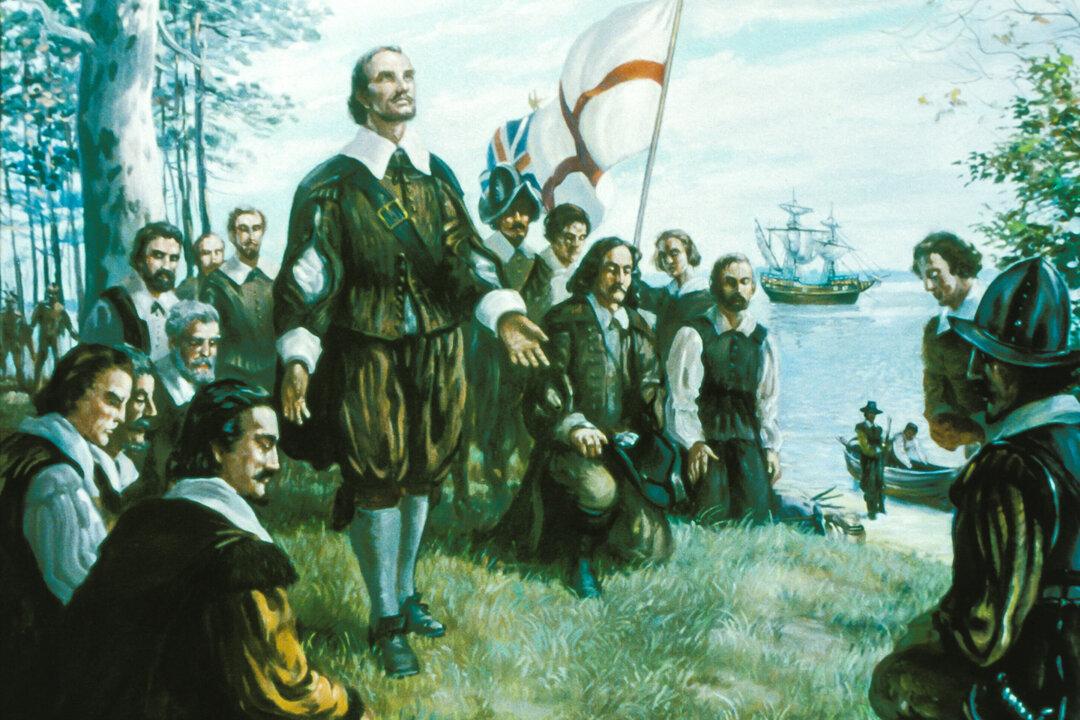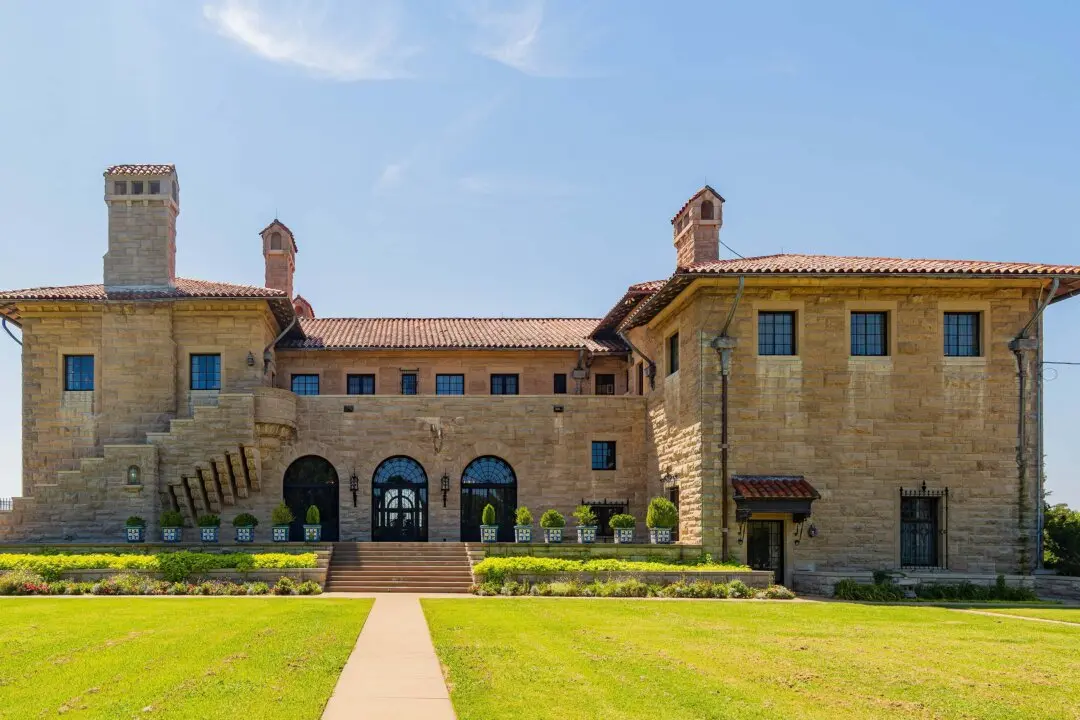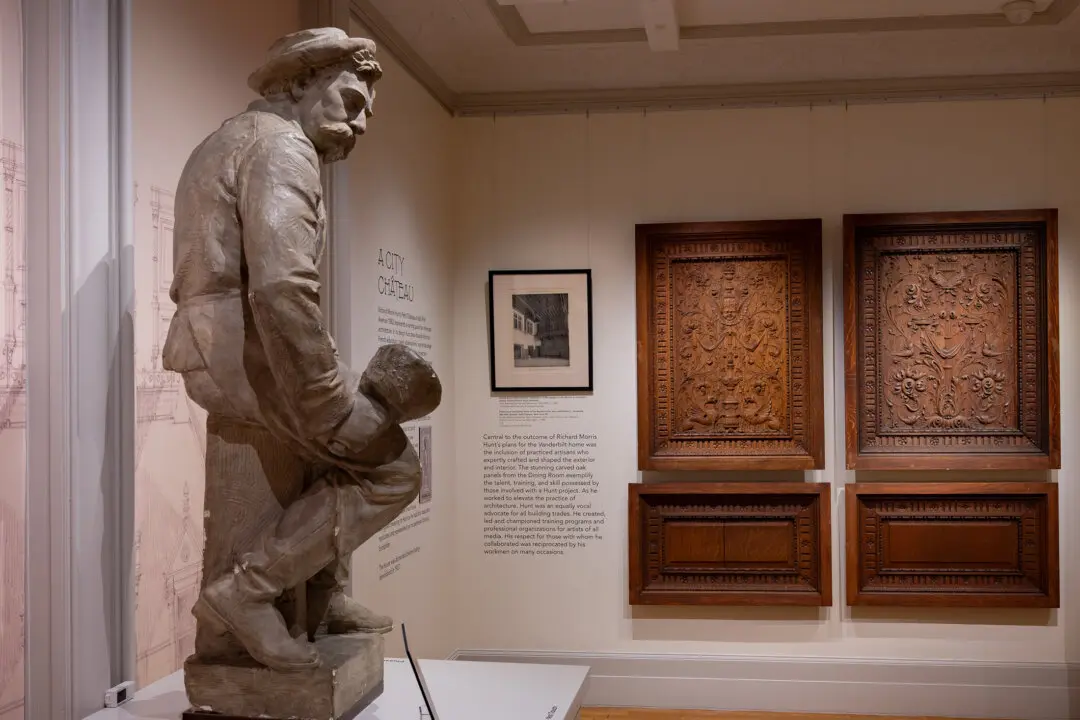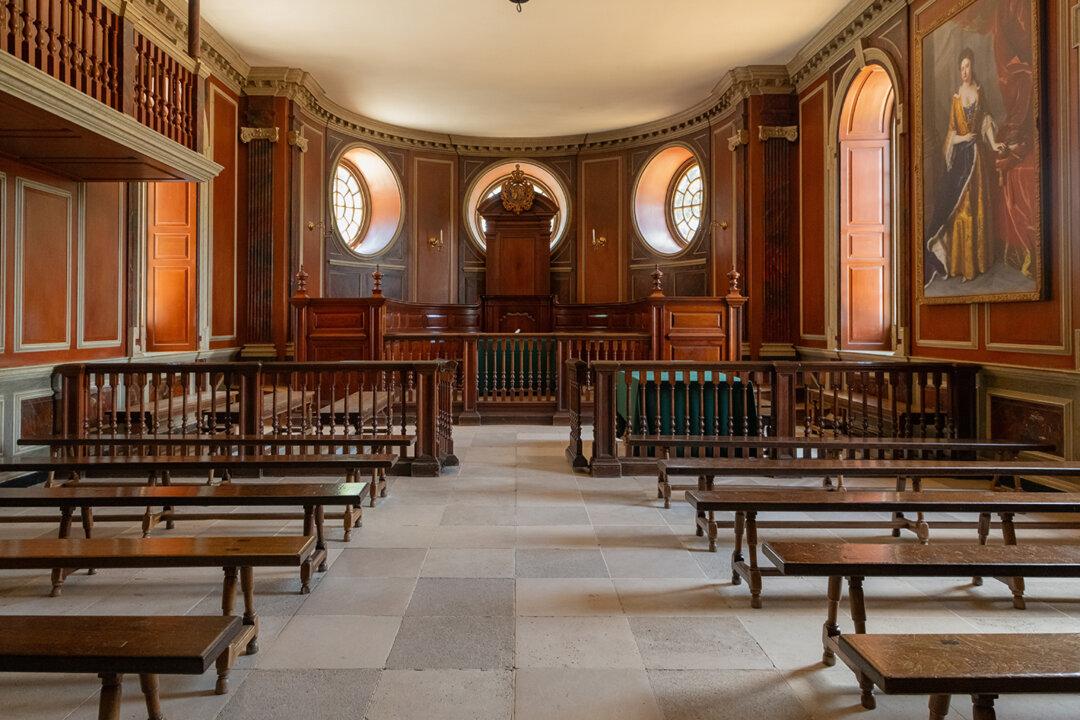“We ordaine that this day of our ships arrival, at the place assigned for plantacon, (plantation) in the land of Virginia, shall be yearly and perpetually kept holy as a day of Thanksgiving to Almighty God.” – Capt. John Woodlief
On Dec. 4, 1619, 38 men came ashore on Virginia’s coast from the ship Margaret in an area they called Berkeley Hundred. They had just endured a stormy and dangerous voyage. In accordance with the instructions given in the charter by the London-based Berkeley Company, these settlers observed the first official English Thanksgiving in the New World.





